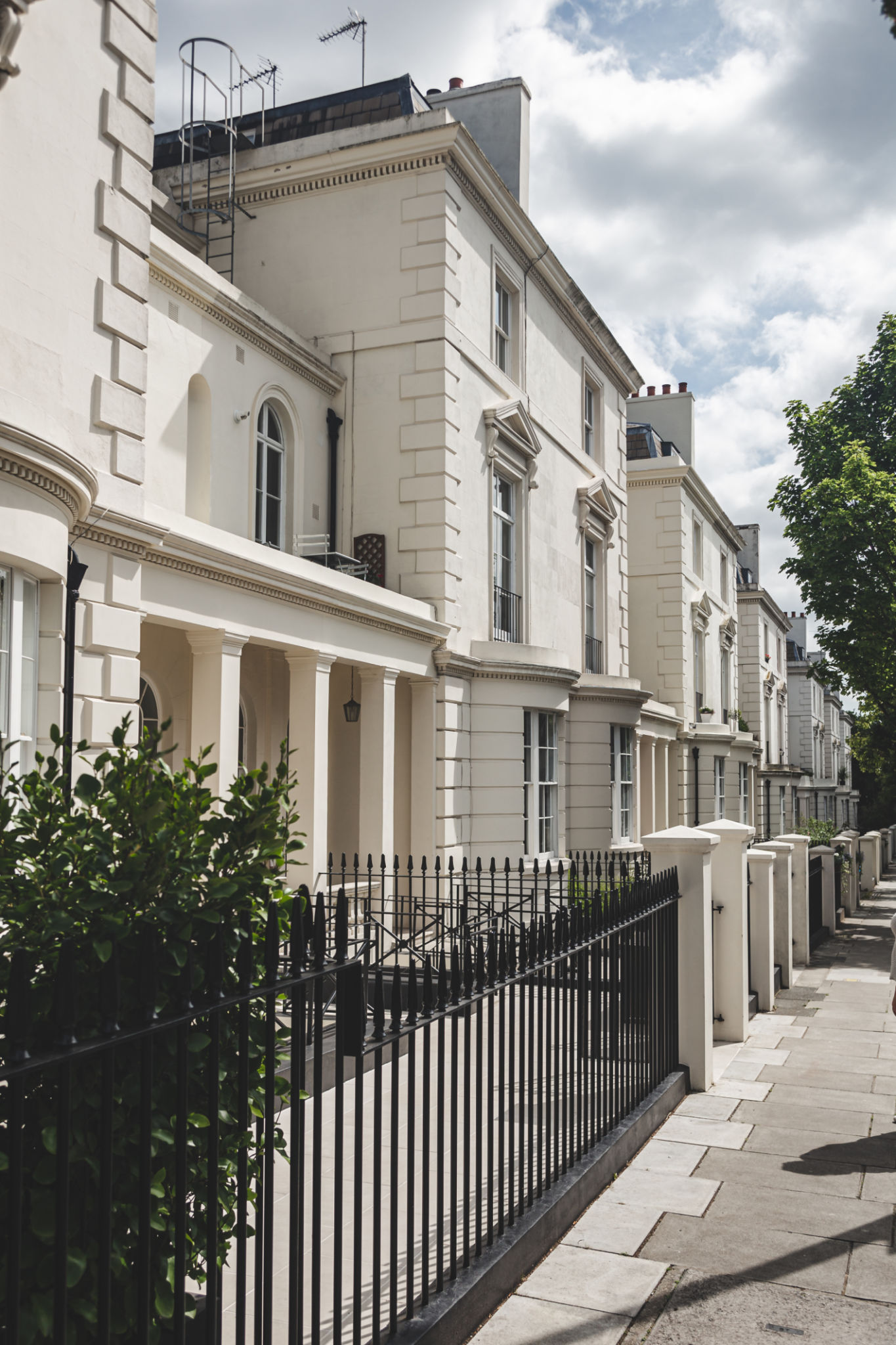Case Study: Transforming Raw Land into Prime Property in London
AG
Introduction to Land Transformation
Transforming raw land into prime property is a complex process that requires strategic planning, innovative design and careful execution. In bustling cities like London, where space is at a premium, the demand for such developments is ever-increasing. This case study explores the journey of turning an underutilised plot into a valuable asset in one of the world's most competitive property markets.

Initial Assessment and Planning
The first step in transforming raw land involves a thorough assessment of the site's potential. This includes understanding the local zoning laws, environmental considerations and market demand. In London, city planners and developers must navigate a web of regulations to ensure compliance and feasibility.
Once the assessment is complete, a comprehensive development plan is crafted. This plan outlines the project scope, budget and timeline. It also identifies potential challenges and outlines strategies to mitigate them. The goal is to create a blueprint that maximises the land's value while minimising risks.
Design and Architecture
Design plays a pivotal role in transforming raw land into prime property. For the London project, architects were tasked with creating structures that blend seamlessly with the city's historic charm while incorporating modern amenities. The design phase involves selecting materials, determining building layouts and integrating sustainable practices.

Construction and Development
With plans in hand, the construction phase begins. This stage requires coordination among various stakeholders, including contractors, engineers and suppliers. In London, developers must account for logistical challenges such as limited access routes and strict noise regulations.
Throughout construction, maintaining quality while adhering to timelines is crucial. Regular inspections ensure that the project meets safety standards and progresses as scheduled. Communication between teams is key to addressing any unforeseen issues promptly.
Marketing and Sales Strategy
As the development nears completion, attention shifts to marketing and sales strategies. In a city like London, where competition is fierce, innovative marketing techniques are essential to attract potential buyers or tenants. This might involve leveraging digital platforms, hosting exclusive events or collaborating with estate agents.

Community Engagement
Successful property projects often contribute positively to their surrounding communities. Engaging with local residents and businesses can foster goodwill and support for the development. Community consultations during planning stages help address concerns and integrate feedback into the project design.
By promoting community involvement, developers can enhance the project's appeal and ensure it meets the needs of its future inhabitants. This approach not only benefits residents but also boosts the overall value of the property.
Conclusion: A Successful Transformation
The transformation of raw land into prime property in London showcases the potential of strategic planning and execution. By navigating regulatory landscapes, incorporating innovative design and engaging with communities, developers can create valuable assets that enhance urban landscapes.
Such projects highlight the importance of collaboration among architects, planners, builders and marketers to achieve a shared vision. As cities continue to grow, these case studies serve as valuable blueprints for future developments.